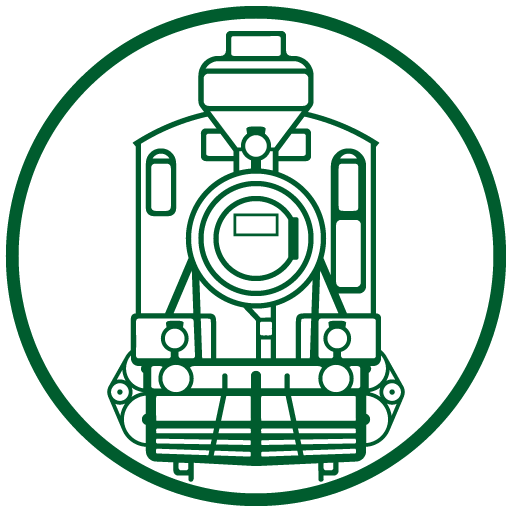Pyörästötyyppiä 2–8–2 kutsutaan nimellä Mikado. Ensimmäiset 2–8–2-veturit ilmestyivät 1800- ja 1900-lukujen vaihteessa, mutta suuremman suosion tyyppi sai vasta ensimmäisen maailmansodan jälkeen. Yhdysvalloissa se oli erityisen suosittu tavaraliikenteessä, kunnes raskaammat tyypit valtasivat markkinat. Englannin rautateillä tämä sarja on ollut poikkeuksellisen vähämerkityksinen, vaikka sikäläiset veturitehtaat toimittivat Mikado-vetureita ympäri maapalloa. Saksassa on valmistettu suuret sarjat sekä mäkisten osuuksien pikajunaliikenteeseen (Preussin P 10) että kaikille radoille yleisvetureiksi (Baureihe 41, 366 veturia 1937–1941). Ranskassa oli useita merkittäviä sarjoja, joista erikseen kannattaa muistaa 141R (1323 veturia, Ranskan suurilukuisin sarja) ja 141P (318 veturia). Jälkimmäistä pidetään hyötysuhteeltaan yleisesti yhtenä maailman kaikkien aikojen parhaista höyryvetureista (tehoa oli 3300 hv/2500 kW).
Muita Mikadojen suuria käyttäjiä ovat olleet Espanja, Intia, Kiina, Japani ja USA. Kaikissa näissä ja monissa muissakin maissa tätä pyörästöä käytettiin höyrykauden loppuun saakka. Veturityypin valmistus jatkui Kiinassa 1990-luvun alkuun.
R1/Tr1 oli luonnollinen jatko P1/Hr1-sarjalle ja BR 41:n tai 141R:n tapaan se oli yleisveturi, jota voitiin tarvittaessa käyttää missä tahansa junissa. Tr1 oli käytössä höyrykauden loppuun saakka, vaikkakin viimeisten kymmenen vuoden aikana niiden käyttöalueet supistuivat nopeaan tahtiin.
The 2–8–2 wheel arrangement is popularly known as a Mikado. The first locomotives appeared in the 1890s and within a few decades became a very common type. In the USA it was very widespread on freight duties until heavier types were introduced: the New York Central Railroad had 1,387 Mikados on its books, the largest number. By contrast the type was virtually unknown in the UK although the British locomotive industry built numerous of 2–8–2s for export all over the world. In Germany there were both express locomotives for hilly lines (KPEV class P 10) and the well known general purpose class 41 (366 built 1937–41); the latter was so successful that it was included on the VR’s wish list for locomotives presented to the Germans during the Second World War. In France there were many notable classes such as the 141R (with 1,323 examples the biggest single class in France) and the 318-strong 141P, which is often considered the most efficient steam locomotive of all times (lb steam/ihp/hr and at 3300idhp/2500W its power-size ratio was remarkable).
Other big users of Mikados were Spain, India, China, Japan and USA. In all of these and in many other countries, 2–8–2s were in use until the end of steam traction. In China, the last Mikados were built well into the 1990s. If any steam locomotive can be classed as a general purpose engine, it was the 2–8–2.
In Finland the class R1/Tr1 2–8–2 was a natural continuation of the P1/Hr1 Pacifics with many common parts. Like the German class 41 or French 141R mentioned above, it was suited to working all types of trains, including expresses. Tr1s were used right up to the end of steam traction in Finland although during the last decade of operation their annual kilometers diminished dramatically.




